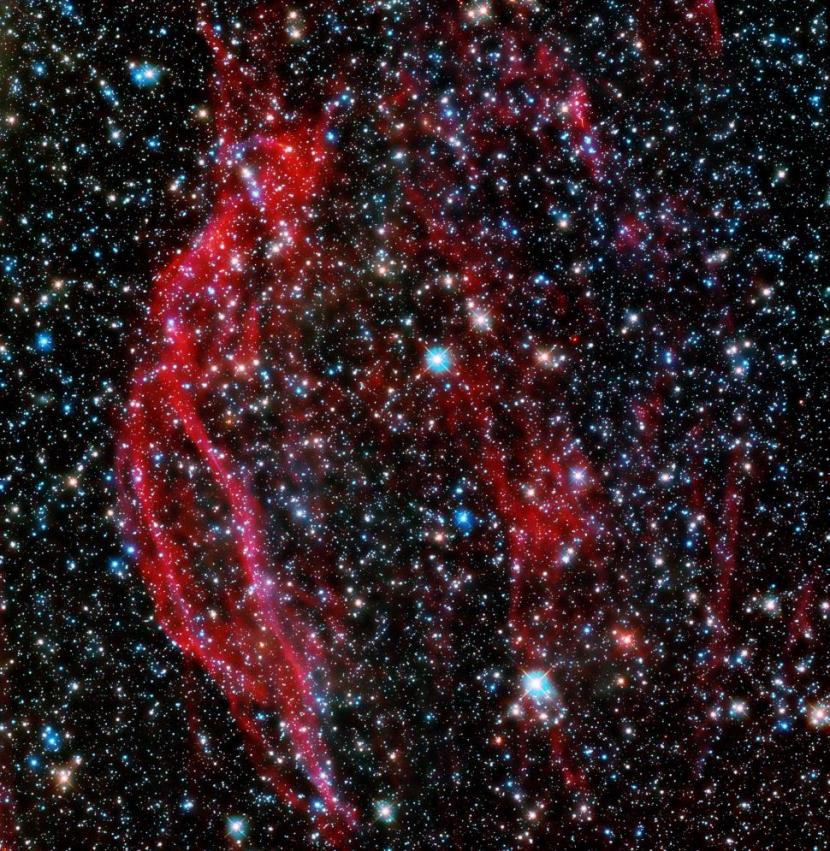Micronovas are small but enough to blow up thousands of mountains in a day.
REPUBLIKA.CO.ID, DURHAM — Astronomers have seen a type of thermonuclear explosion new on the surface of distant stars. These explosions are called “micronovas”.
A micronova is smaller than a classic nova or a dazzling supernova. However, a micronova is still powerful enough to burn an entire mountain range within hours.
Researchers led by Simone Scaringi at the University of Durham’s Center for Extragalactic Astronomy spent months baffled by data from NASA’s Transiting Exoplanet Survey Satellite (TESS). TESS is used to search for planets around other stars by looking closely at the light from those stars for a decrease in brightness that could be caused by another world passing in front of it.
At least three of the stars that TESS observed exhibit unusual bursts of brightness lasting only a few hours at a time.
“We couldn’t explain it until we finally made the connection that this might be a thermonuclear explosion occurring in an accreting white dwarf,” said Scarigi, lead author of the study published in the latest issue of the journal. Naturequoted from CNETThursday (21/4/2022).
A white dwarf is a star that is as strong as the sun, but only the size of Earth. In two-star systems, white dwarfs can often suck up, or add to, hydrogen and other matter from their companion stars.
This gas can build up around white dwarfs to trigger explosions, or novae, which can make star systems shine millions of times brighter. The gas could even spur much more spectacular supernovae, which could make the system shine as brightly as an entire galaxy for several weeks.
Micronovas appear to start out the same way, but are smaller, faster, and occur in white dwarfs with strong magnetic fields pushing stolen material toward the star’s poles. The result is a massive explosion around the poles that is only one millionth the size of a nova explosion. Hence the name “micronova.”
Temporary micronova it may seem small on the scale of the cosmos, you still don’t want to get caught up in it. Explosions like the ones the researchers observed in the TESS data are still powerful enough to burn more than 124,000 Everest-sized mountains in less than a day.
“It just goes to show how dynamic the universe is,” Scaringi said in a statement. “This event is actually quite common, but because it is so fast that it is difficult to catch it in action.”
He said micronovas challenge astronomers’ understanding of how stellar thermonuclear explosions occur. Next, the team hopes to use more large-scale sky surveys to find the elusive event and then carry out follow-up observations with powerful telescopes to look at the new phenomenon in greater detail.
–


